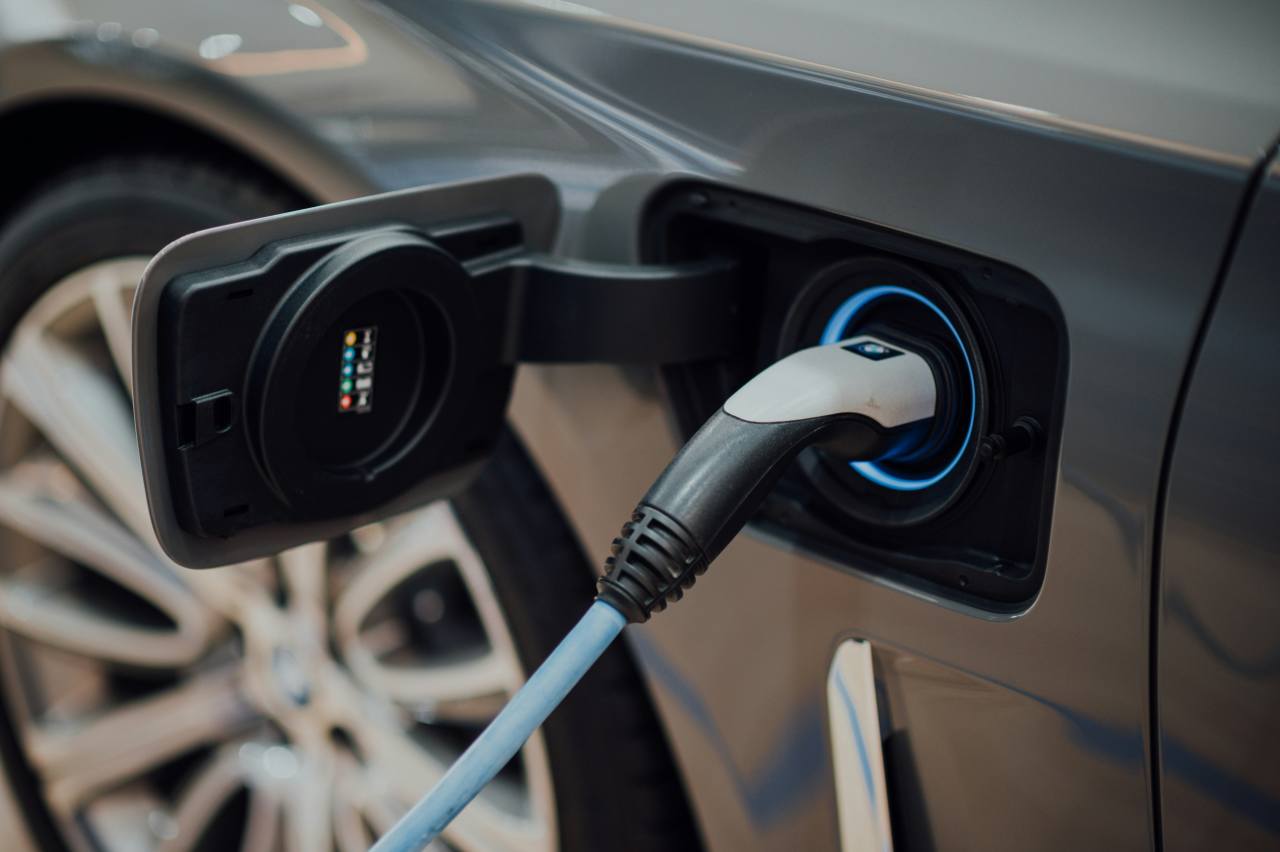If you are in the market for a plug-in hybrid SUV in Australia then I’m afraid the pickings are incredibly slim. In fact, outside of the heavyweight prestige brands there’s only one, the Mitsubishi Outlander PHEV.
For my weekend test I drove the Outlander PHEV ES 2019. At $45,990, it’s the cheapest plug-in hybrid electric SUV on the market - but is still some $11,000 more expensive than its petrol-powered equivalent.
For that price you get 18-inch alloys, a six-speaker sound system, reversing camera, remote central locking, climate control, cruise control, and a leather gearshift and steering wheel.
For those unfamiliar, PHEV stands for Plug-in Hybrid Electric Vehicle, and they are an interesting blend of a hybrid (with a battery and conventional engine working in tandem) and an all-electric vehicle that's able to plug into the grid.
So, does the PHEV provide family hauling practicality and top-notch fuel efficiency? My kids and I had the weekend to find out.
Mitsubishi Outlander 2019: Phev (hybrid) ES
| Engine Type | Inline 4, 2.0L |
|---|---|
| Fuel Type | Unleaded Petrol/Electric |
| Fuel Efficiency | 1.7L/100km (combined) |
| Seating | 5 |
| Price From | $24,640 - $30,470 |
| Safety Rating |
|
Saturday
I dragged the kids off to a Kombi festival in the morning followed by shopping and a visit to the park in the afternoon.
It takes around six hours to charge the PHEV from a domestic circuit (AC240 10A socket), which seems a long time to only deliver 54km of range. A fast charger is available to get you to 80 per cent charge in 25 minutes. Once you’re moving, though, the PHEV has a number of EV modes designed to help increase this range. More on this later.
The Outlander's exterior has barely changed since its initial launch, with this latest generation featuring a stylish front nose familiar to ASX drivers, and an overall cleaner look with no body kit or side skirts. The key distinguishing feature of the PHEV is its electric blue badging located on the front quarter panels and on its rump.
The Outlander ES models come in a choice of Starlight white (which my test car was dressed in) or Red Titanium, or for an extra $500 you can have Ruby Black.
Inside, there are a number PHEV-only features peppered throughout a fairly basic-looking cabin. The dash layout is simple and tidy, however the buttons and dials look a little dated.
Before setting off for the Kombi festival my son synced up the smartphone to Mitsubishi's 7.0-inch touchscreen via the Bluetooth in preparation to blast the playlist through the six-speaker sound system. Apple CarPlay and Android Auto come standard, which is good news.

The seats are covered in micro-suede trim, with synthetic leather used for the seats bolsters and head rests that provides a quality look and reasonable amounts of comfort. Passenger space is pretty good, too, with head and legroom in the rear good for adults and kids. There was more than a hand-width gap between my knees when sitting behind my driving position. Similar story with head room.
.jpg)
Front and rear rows score a pair of cupholders each, and there's a bottle holder in each door. The boot has 463 litres (VDA) of space increasing to a very decent 1602 litres with the rear seats folded down.
.jpg)
Sunday
Our schedule today included my son’s soccer game in the morning, and then a trip to the beach in the afternoon to cool off.
The PHEV has a 2.0-litre petrol engine producing 87kW/186Nm, along with two 60kW electric motors.
Acceleration under electric power is smooth and effortless as the front and rear electric motors propel the car forward. With 54kms of range in EV mode and a petrol engine providing power when the batteries are drained, there is really no range anxiety. And a good thing, too; the range in EV mode disappears rapidly with a car full of kids and the air-con blasting.
Regenerative braking can be manually operated using the paddle shifters, providing one of the more effective ways of extending the range. Upon running out of charge, hybrid mode kicks in with the petrol engine working to recharge the battery for further use.
Acceleration is sedate but perfectly adequate around the suburbs, but not so much on the open road where it feels underpowered.
.jpg)
The five-star-rated Outlander ES Standard comes with seven airbags, ABS, stability and traction controls and a reversing camera. There are two ISOFIX attachment locations and three top-tether points.
Should you wish to option the ADAS package you’ll also receive reverse parking sensors, forward AEB, lane-departure warning, active cruise and auto high beam.
The official combined cycle figures are listed at 1.7L/100km. On Saturday the best I managed was 5.0 litres/100 km on a full charge. After another overnight charge I managed a slightly better figure of 4.5 litres/100kms, and that was with three kids in tow and air-con on for much of the time.
Both figures were only achieved with a fair degree of careful management and diligence. Not something I would be keen to tackle every weekend and a far cry from the claimed 1.7 litres/100km figure. On a positive note, the ES is happy to sip 91RON fuel.
Verdict
The Outlander ES PHEV makes a good case as an EV family taxi for school runs and short hops around the suburbs, as long as they are short. Weekends are another story, where it may prove more challenging to maintain eke out a decent fuel consumption figure and could have you questioning the premium price tag over the petrol only version.
Pricing Guides

Range and Specs
EV Specs for Mitsubishi Outlander 2019
| Drivetrain | Plug-in hybrid |
|---|---|
| Battery capacity | 12Kwh |
| Battery type | Lithium-ion |
| Electric range | 54km (WLTP) |
| Electric motor output | 120kW |
| Combustion engine output | 87kW/186Nm |
| Petrol efficiency | 1.7L/100km |

.jpg)
.jpg)
.jpg)
.jpg)
.jpg)
.jpg)
.jpg)
.jpg)
.jpg)
.jpg)
.jpg)







.png)














